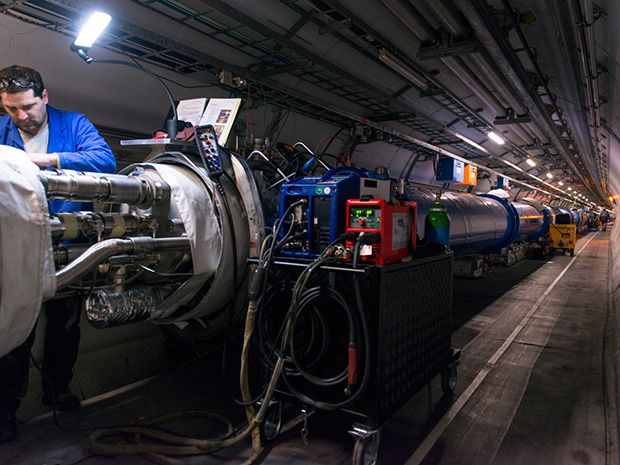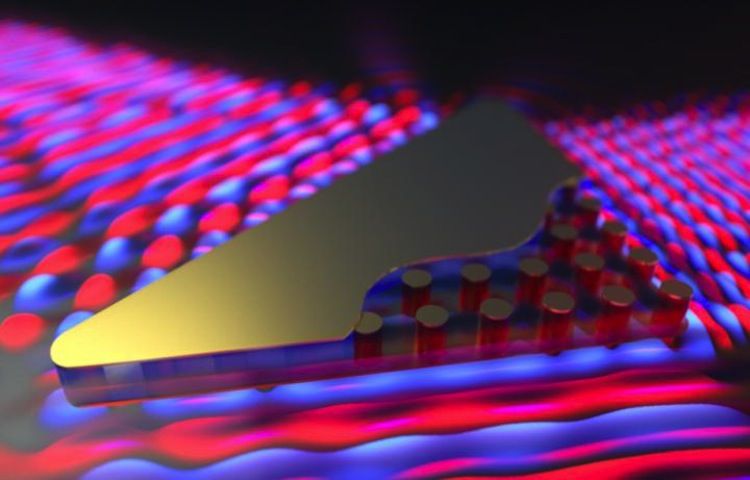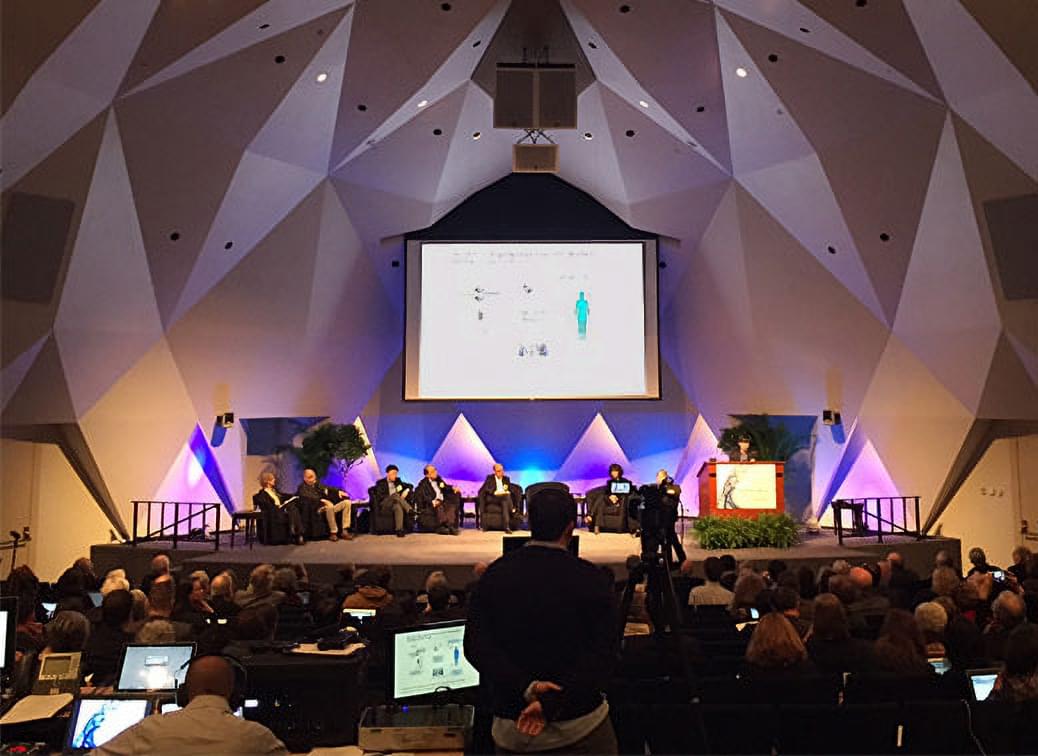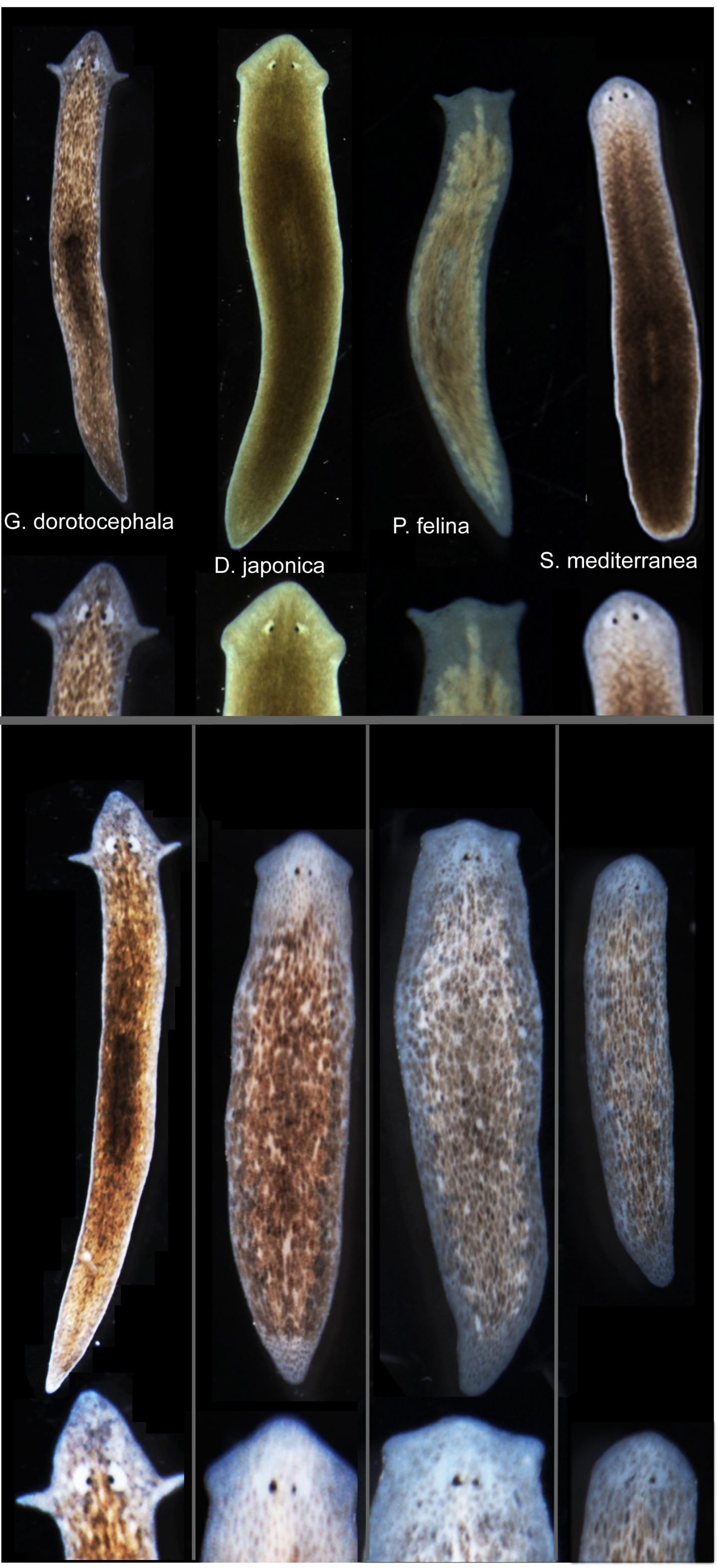Page 11589
Dec 2, 2015
Hawking radiation is not produced at the black hole horizon
Posted by Andreas Matt in category: cosmology
Stephen Hawking’s “Brief History of Time” was one of the first popular science books I read, and I hated it. I hated it because I didn’t understand it. My frustration with this book is a big part of the reason I’m a physicist today – at least I know who to blame.
Dec 1, 2015
Light-Bending Microchip Could Fire Up Quantum Computers
Posted by Shailesh Prasad in categories: computing, quantum physics, time travel
For the first time, scientists have achieved infinite speeds on a microchip. Although this advance will not enable faster-than-light starships, the light-warping technology behind this innovation could lead to new light-based microchips and help enable powerful quantum computers, researchers said.
Light travels at the speed of about 670 million miles per hour (1.08 billion km/h) in a vacuum, and is theoretically the fastest possible speed at which matter or energy can travel. Exceeding this speed limit should lead to impossible results such as time travel, according to Einstein’s theory of relativity.
However, in a way, researchers have overcome this barrier for decades. [Warped Physics: 10 Effects of Faster-Than-Light Travel].
Dec 1, 2015
SpaceX Will Attempt Next Rocket Landing At Cape Canaveral Instead Of In The Ocean
Posted by Shailesh Prasad in category: space travel
Next time a SpaceX rocket touches down, it will be on solid ground.
Florida Today broke the news today that SpaceX was hoping to land its next Falcon 9 rocket on the ground at NASA’s Cape Canaveral facility in Florida.
SpaceX has attempted to land a rocket gently before, but those attempts were made on giant floating platforms in the ocean (which just missed). Then, last week, competitor Blue Origin managed to land it’s own reusable rocket safely on the ground, amping up the public pressure on SpaceX to successfully land their own rocket.
Dec 1, 2015
GTA V Pinnacle mod includes amazing visual and gameplay enhancements
Posted by Shailesh Prasad in category: entertainment

If you’ve got the patience to install it and the hardware to run it, Pinnacle looks like the ultimate GTA V experience.
Dec 1, 2015
New AI ‘Gabriel’ wants to whisper instructions in your ear
Posted by Phillipe Bojorquez in categories: biotech/medical, neuroscience, robotics/AI
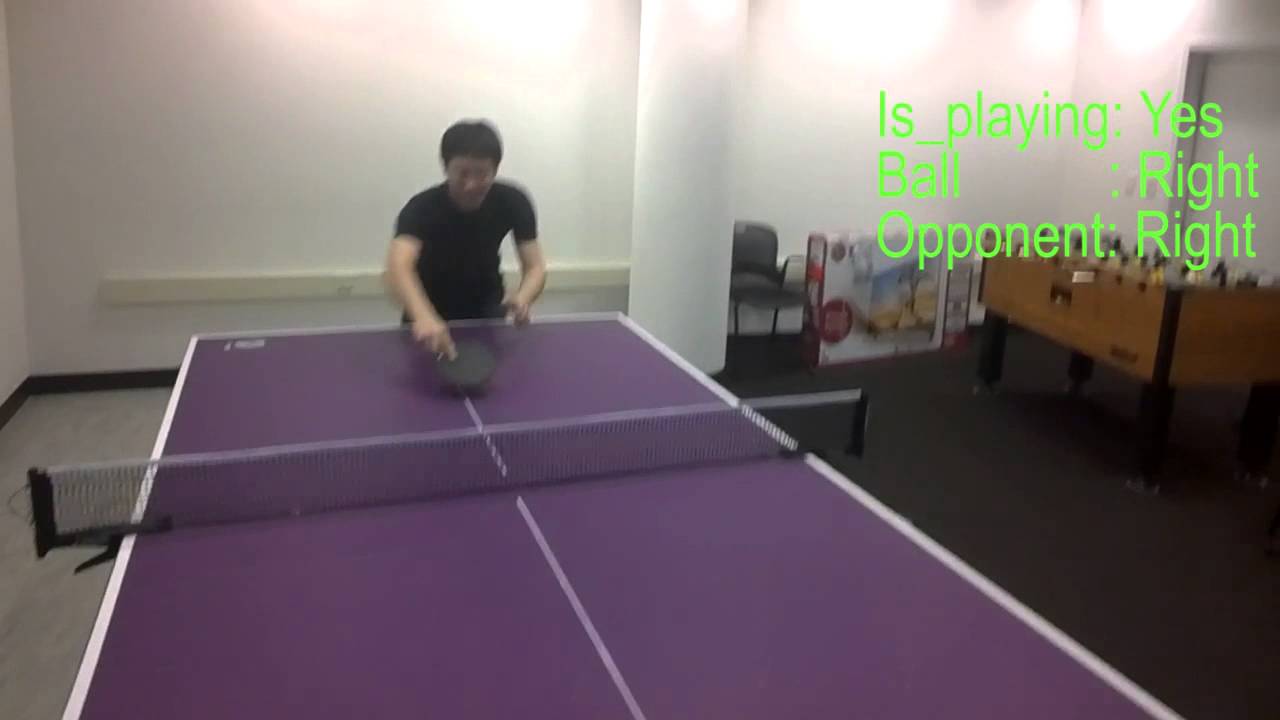
Researchers at Carnegie Mellon University are building an AI platform that will “whisper” instructions in your ear to provide cognitive assistance. Named after Gabriel, the biblical messenger of God, the whispering robo-assistant can already guide you through the process of building a basic Lego object. But, the ultimate goal is to provide wearable cognitive assistance to millions of people who live with Alzheimer’s, brain injuries or other neurodegenerative conditions. For instance, if a patient forgets the name of a relative, Gabriel could whisper the name in their ear. It could also be programmed to help patients through everyday tasks that will decrease their dependence on caregivers.
For the software to exist as a working wearable assistant, it will need a head-mounted device to latch onto. For now, the team is using Google Glass for demos like a ping pong assistant, where the programs tells the user to hit the ball to the right or left depending on the position of the ball in relation to the opponent. In the video below, when the user follows the guidance it makes it harder for the opponent to defend the ball in the game.
Dec 1, 2015
Gene Editing: What Is It Good For?
Posted by Phillipe Bojorquez in categories: biotech/medical, food
The explosion of gene-editing methods is transforming medicine, agriculture, and possibly the future of the human species.
Dec 1, 2015
Biologists induce flatworms to grow heads and brains of other species
Posted by Sean Brazell in categories: biotech/medical, genetics, neuroscience
Tufts biologists induced one species of flatworm —- G. dorotocephala, top left — to grow heads and brains characteristic of other species of flatworm, top row, without altering genomic sequence. Examples of the outcomes can be seen in the bottom row of the image. (credit: Center for Regenerative and Developmental Biology, School of Arts and Sciences, Tufts University.)
Tufts University biologists have electrically modified flatworms to grow heads and brains characteristic of another species of flatworm — without altering their genomic sequence. This suggests bioelectrical networks as a new kind of epigenetics (information existing outside of a genomic sequence) to determine large-scale anatomy.
Besides the overall shape of the head, the changes included the shape of the brain and the distribution of the worm’s adult stem cells.
Dec 1, 2015
How to encrypt a message in the afterglow of the big bang
Posted by Andreas Matt in categories: encryption, physics, space
Physicists have come up with a way to make secret codes based on the cosmic microwave background, the afterglow of the birth of the universe.
Dec 1, 2015
Thanksgiving 2025: Technology Will Redefine What ‘Togetherness’ Is All About
Posted by Klaus Baldauf in categories: mobile phones, robotics/AI
This might be a controversial post.
My Thanksgiving was one filled with texting, Snapchat, Skyping, Facetime, Beam robots and ringing phones.
Some people HATE the way technology impacts their family at gatherings — people on digital devices rather than having conversations — “making us more alone, even when we’re together.” But is that really true?
